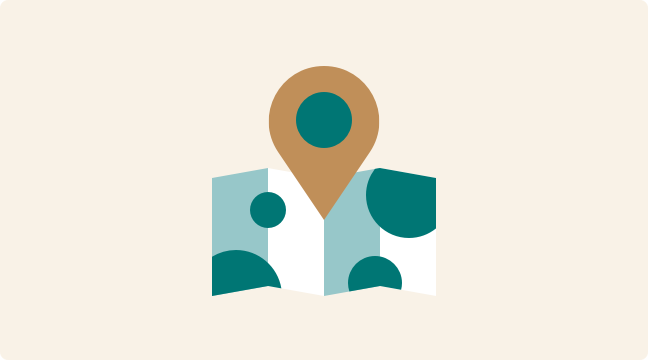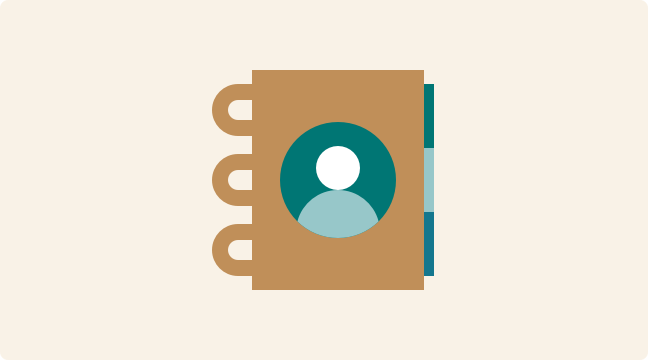December 06
Lucid Dreaming: How I Gained New Perspectives and You Can, Too
Lucid dreaming is the ultimate example of a situated virtual reality system.
 My journey into the exploration of consciousness began at an early age. This was not deliberate—answers to some of life’s biggest questions arrived before I had a chance to ask them! My early nonphysical and lucid dreaming experiences left me with the knowledge that there is much more going on than what we can perceive through our physical senses.
My journey into the exploration of consciousness began at an early age. This was not deliberate—answers to some of life’s biggest questions arrived before I had a chance to ask them! My early nonphysical and lucid dreaming experiences left me with the knowledge that there is much more going on than what we can perceive through our physical senses.
As I progressed through school and university, I became increasingly interested in understanding different aspects of mind and consciousness, which resulted in obtaining a BSc in Psychology. Whilst the degree itself did not really answer any of my questions, it was during my time at university that I was involved in many personal experiments involving hypnosis and Hemi-Sync®. As in childhood, my experiences took off—I had many OBEs and lucid dreams, and have kept a detailed journal ever since.
After being introduced to Bob Monroe’s tools and research, I became very interested in the simplicity of using non-invasive technology to explore and expand human potential. After wonderful experiences in The Monroe Institute® (TMI) courses, I decided to become an Outreach facilitator to help as many people as possible to experience more of their total selves, whilst enjoying this great opportunity for personal growth.
Lucid dreaming is a special state of consciousness in which you are aware of being in a dream whilst still in the dream. It is the ultimate example of a situated virtual reality system, aside from the one we usually define as physical reality. To clarify, this is not simply a very vivid or clearly remembered dream but instead one that requires you to know that you are dreaming whilst the dream is taking place.
If it's learnable, it's teachable.
Thomas Hasenberger and I met during a Professional Seminar at TMI. We soon discovered that we had in common a lifelong interest and personal experience in lucid dreaming states. Though Thomas and I had acquired similar expertise and abilities, we also had developed individual skill sets. At lunch one day during the seminar we were discussing our experiences in lucid dreams. One of our table mates was Carol Sabick de la Herran, TMI's then executive director. Our conversation had captured Carol's attention. She suggested we put a program together. This idea resonated deeply with both Thomas and me. We immediately launched into the development of the Lucid Dreaming Intensive. Each exercise is built around Thomas' and my personal experience. Today the program is offered in the UK as well as at The Monroe Institute, happily, to the acclaim of participants.
If, as Freud put it, dreams are 'the royal road to the unconscious,' then lucid dreams are the superhighway.
What are the uses of lucid dreaming?
There are many, but I would say they fall into three broad categories. The first, obvious use is lucid dreaming as an inventive, recreational tool. That is, since the world of lucid dreaming offers access to anything, anywhere and anywhen that you can imagine, you can do whatever you want, freely and without guilt, hindrance, or fear of consequences. It's the ultimate hedonistic playground.
The second use is lucid dreaming for healing, especially mental healing. This mainly takes the form of nightmare resolution (shadow integration) and emotional cleansing (removing and releasing fears and self-limiting belief systems). Slightly hidden but nonetheless present is the idea that you can heal yourself of physical ailments in lucid dreaming
The third category concerns itself with the discovery of self and gaining a different overview of the greater reality. If, as Freud put it, dreams are “the royal road to the unconscious,” then lucid dreams are the superhighway.
Lucid dreaming pros and cons:
PROS
- It is trainable and reproducible.
- Everyone dreams so it is a matter of directing attention towards learning how to do so consciously.
- It uses both the conscious and subconscious mind purposely to solve an issue.
- It has been statistically proven to improve physical performance at a skill that is consciously practiced in the dream state.
- It solves problems that normal techniques cannot, with the ability to go outside of time and space, whilst also connecting with inner sources of creativity and guidance.
- It helps with personal development of confidence, intuition, creativity, healing, anxiety and fear dissolution, and problem-solving skills.
CONS
- For those without a natural propensity to learning conscious dreaming, it requires concentrated effort and perseverance.
- The dreaming mind knows exactly how best to distract and scare you! Being present and fearless in the dream state requires practice, time, and effort.
- Early lucid dreams do not last very long and this can be very frustrating. Learning to be relaxed and goal-oriented helps to extend time spent in lucid dreaming, which makes the practice far more rewarding.
- The dream state is incredibly thought responsive so daytime mindfulness practice is very beneficial in order to avoid being distracted back into non-lucid, regular dreaming.
Thomas Hasenberger
Join Luigi and Thomas Hasenberger for their 5-Day/6-Night Lucid Dreaming Intensive.
Recommended Introductory Reading:
Lucid Dreaming: A Beginner's Guide to Becoming Conscious in Your Dreams
By Charlie Morley
Lucid Dreaming, Plain and Simple: Tips and Techniques for Insight, Creativity, and Personal Growth
By Robert Waggoner & Caroline McCready
Exploring the World of Lucid Dreaming
By Stephen LaBerge
Free online magazine run by Robert Waggoner: Lucid Dreaming Experience
http://www.dreaminglucid.com/
For more information about the programs and products mentioned in this article visit our programs section or the store.
Don't Wait! Sign up for Gateway Voyage today.
Learn MoreLuigi Sciambarella
Secretary, Monroe Off-Campus Residential Trainer




